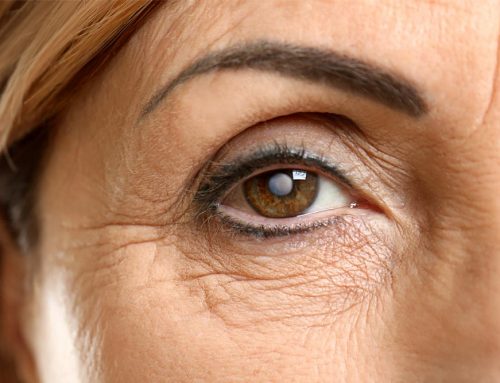Over 60? Take this 2 minute quiz to assess your glaucoma risk
1. When did you last have a routine eye test?
All routine eye tests involve measuring the pressure inside the eye and an assessment of the health of the optic nerve. That means the pressure problems and glaucoma can be picked up early and referred on to a specialist opinion. Open-Angle Glaucoma is asymptomatic until the disease is very advanced by which time its often too late. Frustratingly, not all high pressure causes damage, and not everyone with glaucoma has high pressure. You can have glaucoma with normal eye pressure, so when an optician is concerned, they will always advise a specialist opinion. Specialist glaucoma assessment is painless and takes approximately 45-60 minutes for an initial consultation. If you haven’t had an eye test for years, now is the time to make that appointment
2. Is there a history of glaucoma in your family?
If you have a first degree relative with confirmed glaucoma, then there is a slightly increased risk that you may develop the condition. People with glaucoma in first degree relatives can have free pressure testing annually with their local optician. Testing is quick, easy and free. If you have glaucoma, tell your relatives and urge them to have their pressures tested. In most cases, they won’t have glaucoma, but an early diagnosis is a key to good outcomes. Tell them to take advantage of the free pressure testing at their local optician.
3. Do you have glare when driving or in bright sunlight?
Cataracts are a fact of life. The human lens ages as we do and a common symptom is glare. While most people know that cataracts can make your vision blurry, they don’t know that cataract development also means the human lens gets bigger inside the eye. Some people have a relatively small amount of space inside the eye for the internal structures to fit into so the growth of a cataract can affect the drainage space inside the eye significantly putting you at risk of acute glaucoma. The internal fluid of the eye is very different to your tears. It has to drain internally in sufficient quantities to keep the eye pressure in the normal range. When a cataract or large lens obstructs the drainage channels, the eye pressure rises very quickly, and this is known as acute glaucoma. It is potentially blinding in hours and needs emergency treatment.
That can be avoided entirely if large cataracts and narrow drainage space are picked up early and treated promptly. I see narrow drainage angles and large cataracts now much more than ever before. A large cataract does not necessarily affect the vision very much. If you haven’t had your eyes checked for cataract for a while, I would advise you strongly to have a routine eye test. If you have cataracts too large for the space available, then a referral to a glaucoma and cataract specialist is advised as we can deal with both problems at the same time. That can save unnecessary extra treatments and operations.








Leave A Comment